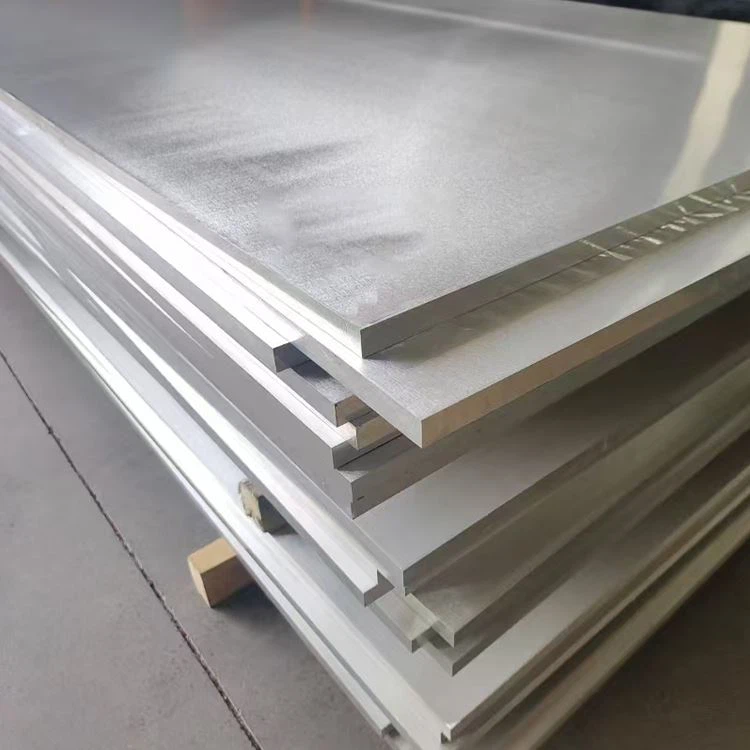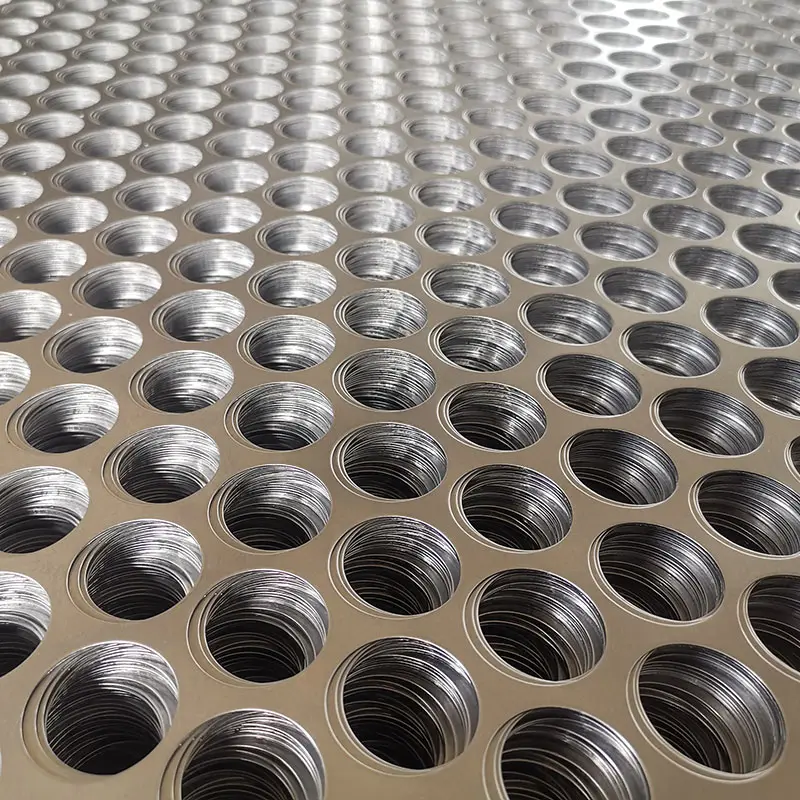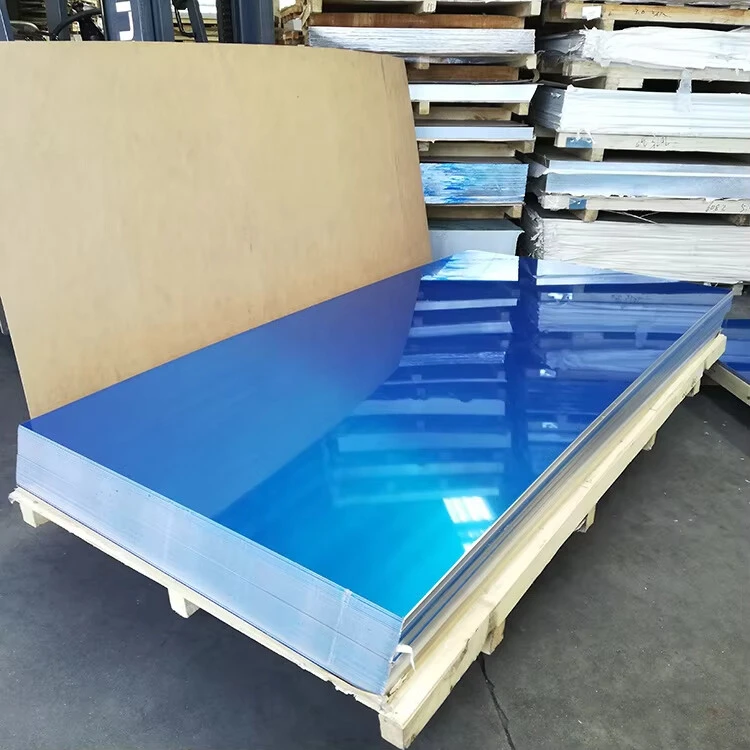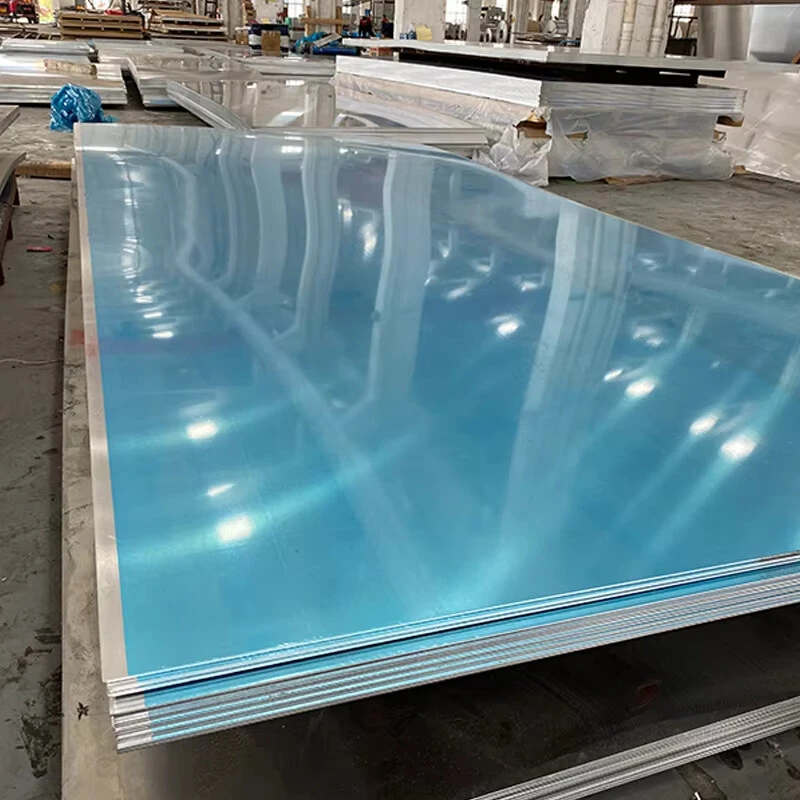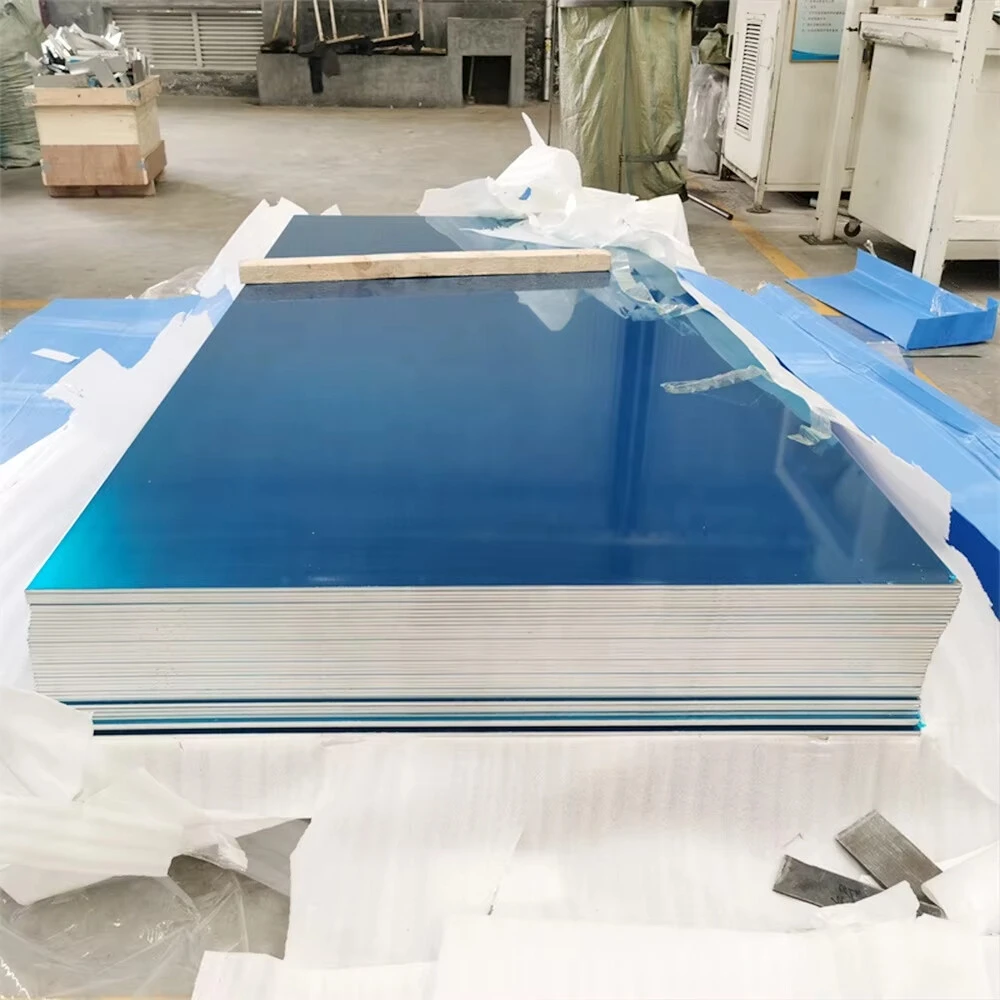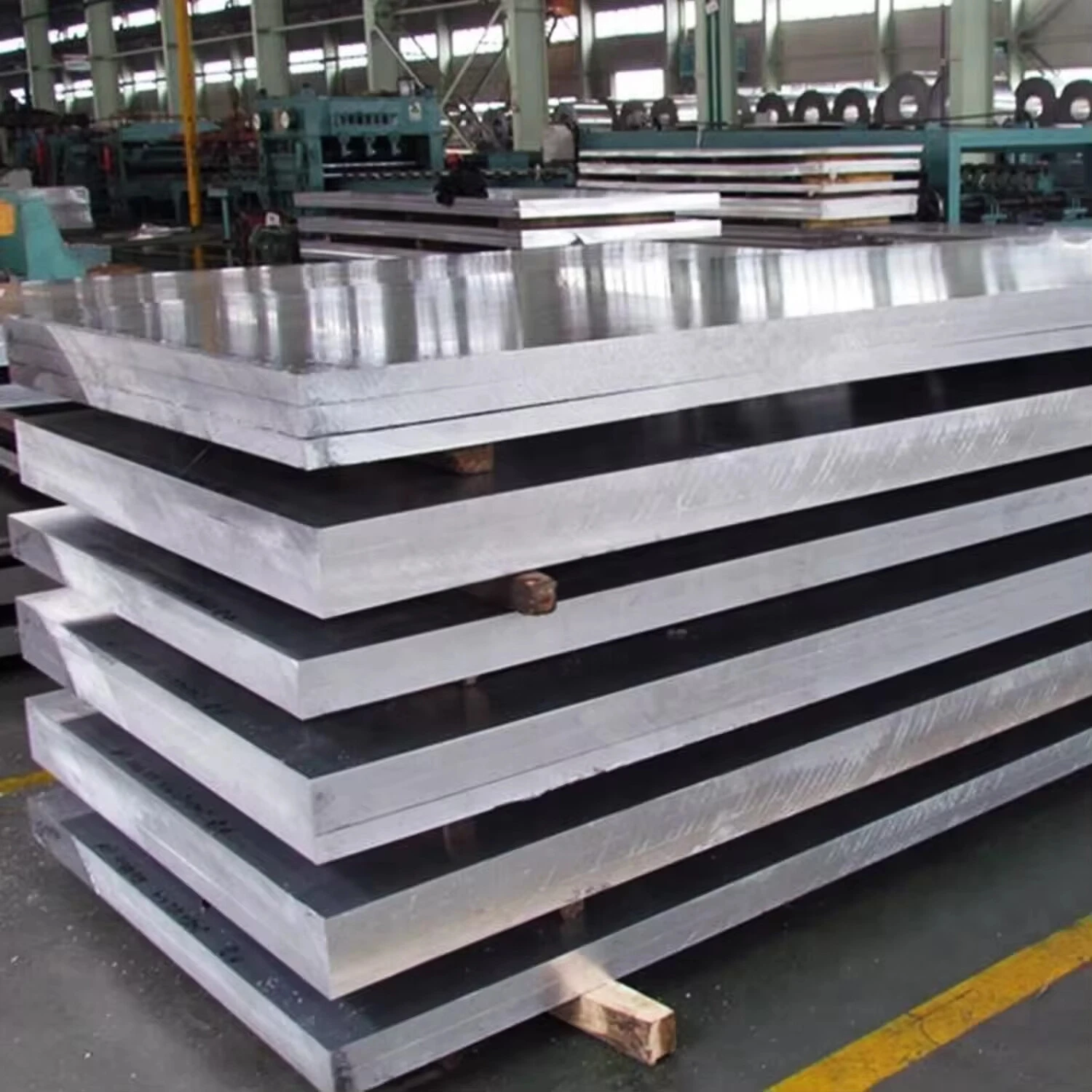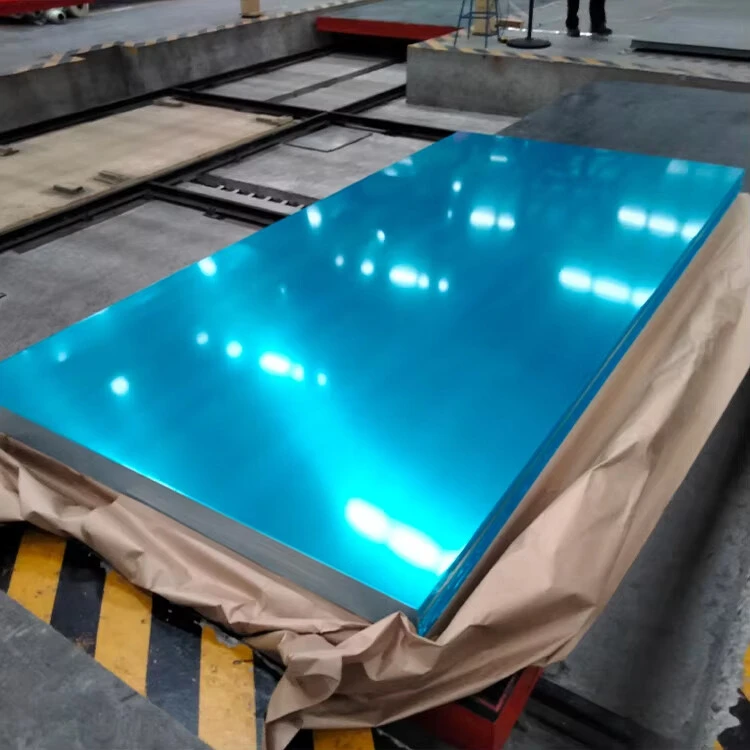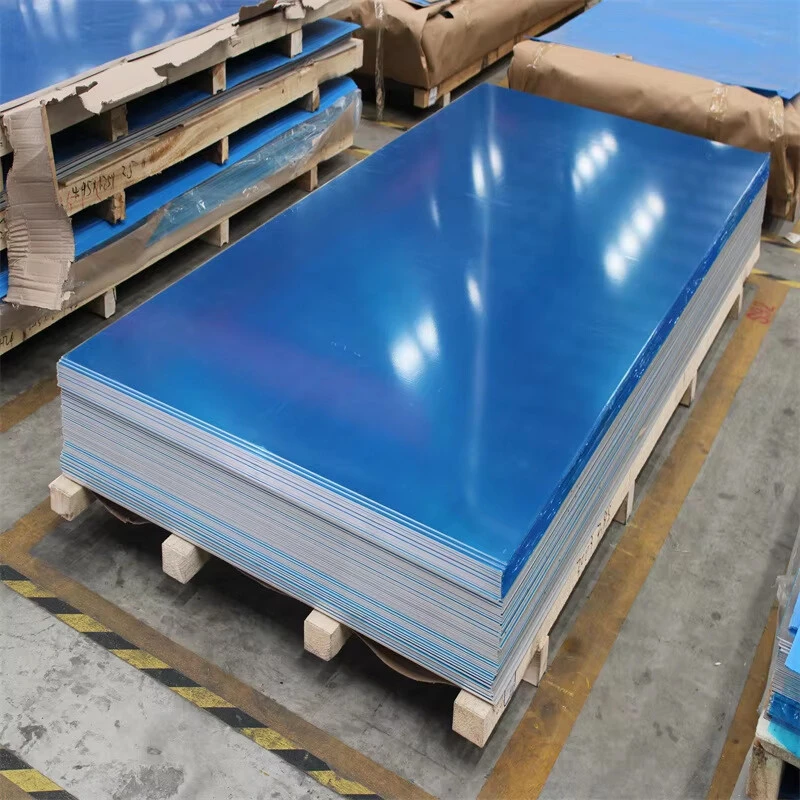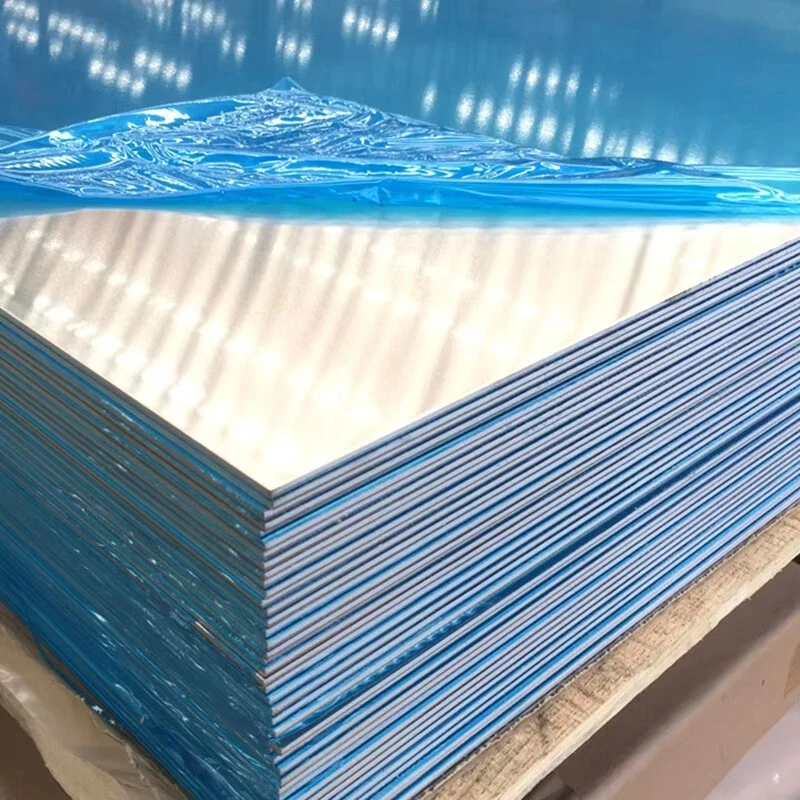1. Material Composition & Manufacturing Process
2024 aluminum alloy (AMS 4035, ASTM B209, EN 485) is a high-strength Al-Cu-Mg alloy engineered for critical structural applications. The T351 temper provides optimal fracture toughness through solution heat treatment, controlled stretching, and natural aging:
Alloy Chemistry:
Copper (Cu): 3.8-4.9% (precipitation hardening)
Magnesium (Mg): 1.2-1.8% (S-phase formation)
Manganese (Mn): 0.30-0.9% (grain refinement)
Iron (Fe): ≤0.50% max
Base Material:
Aluminum (Al): ≥93.5% (balance)
Controlled Impurities:
Zinc (Zn): ≤0.25% max
Chromium (Cr): ≤0.10% max
Silicon (Si): ≤0.50% max
Precision Thermomechanical Processing:
Direct Chill Casting: 700-750°C molten temperature
Homogenization: 480-495°C for 12-24 hours
Hot Rolling: Reduction at 400-440°C
Solution Heat Treatment: 493-502°C (±3°C) for 1.5-2 hours
Water Quenching: Cooling rate >170°C/sec
Stretching: Permanent set 1.5-3% (T351 specific)
Natural Aging: 30-120 days at ambient temperature
Certified to AMS 4035 and NAS 402 specifications with full aerospace traceability from melt to plate.
2. Mechanical Properties of T351 Temper State
| Property | Minimum | Typical | Test Standard | Aerospace Significance |
| Ultimate Tensile Strength | 415 MPa | 440-480 MPa | ASTM B557 | Superior to T3 temper |
| Yield Strength (Rp0.2) | 275 MPa | 300-320 MPa | ASTM B557 | 85% retention at 150°C |
| Elongation (50mm gauge) | 8% | 10-15% | ASTM B557 | Higher in rolling direction |
| Shear Strength | 255 MPa | 285 MPa | ASTM B831 | 65% of tensile strength |
| Bearing Strength | 580 MPa | 620 MPa | ASTM E238 | e/D=2.0 condition |
| Fatigue Strength (10⁷) | 140 MPa | 160 MPa | ASTM E466 | R=0.1 condition |
| Hardness (Brinell) | 120 HB | 125-135 HB | ASTM E10 | Consistent through section |
| Fracture Toughness (K₁c) | 35 MPa√m | 40 MPa√m | ASTM E399 | L-T orientation preferred |
| Compression Yield | 275 MPa | 300 MPa | ASTM E9 | Rib/spar applications |
3. Microstructure & Thermomechanical Processing
T351 Temper Specifics:
Solution Heat Treatment:
Temperature: 495±5°C
Soak Time: 30 min/inch thickness
Quench Delay: <10 seconds
Stretching Process:
Permanent Set: 2.0-2.5%
Uniformity Tolerance: ±0.15%
Natural Aging Kinetics:
80% properties in 4 days
Full stabilization in 30 days
Microstructural Characteristics:
Grain Structure: Unrecrystallized with pancake grains
Aspect Ratio: 8-10:1 in rolling direction
Precipitate Phases:
θ’ (Al₂Cu) platelets (10-100nm)
S (Al₂CuMg) phases
Dispersoids:
Al₂₀Cu₂Mn₃ compounds
Dislocation Density: 5-8×10¹⁰/cm²
Subgrain Size: 1-3μm
4. Dimensional Specifications & Tolerances
| Parameter | Aerospace Tolerance | Commercial Tolerance | Notes |
| Thickness (3-150mm) | ±0.3% | ±0.7% | AMS 4035 Class A |
| Width (1200-3000mm) | ±3 mm | ±12 mm | Edge exclusion zone 25mm |
| Length (2400-12000mm) | +5/-0 mm | +20/-0 mm | Precision cuts available |
| Flatness | 0.2% of length | 0.5% of length | Per NAS 402 requirements |
| Squareness | 1 mm/1000 mm | 3 mm/1000 mm | Critical for spars |
| Surface Roughness | 0.4-0.8 μm Ra | 1.0-3.0 μm Ra | Mirror finish optional |
Special Capabilities:
Oversize Plates: Up to 4000mm wide × 15000mm long
Ultrasonic Inspection: ASTM B594 Level AA
Edge Conditions: Machined, sheared, or abrasive cut
Weight Formula: Thickness(mm) × Width(m) × Length(m) × 2.78 = Weight(kg)
5. Corrosion Resistance & Protection Systems
| Environment | Performance | Protection Method | Aerospace Application |
| Humidity Exposure | Fair | Alclad version recommended | Skin panels |
| Salt Spray (500hr) | Poor | Anodizing + primer required | External structures |
| Stress Corrosion | Moderate | Overaging (T851) optional | Critical load components |
| Exfoliation | Poor | Cladding essential | Wing surfaces |
| Fuel Tank Environment | Good | Integral fuel tank coatings | Wing box structures |
| Galvanic Corrosion | Fair | Isolation washers | Fastened joints |
Surface Treatment Systems:
Alclad Coating: 5-10% total thickness per side
Anodizing:
Chromic acid: 2.5-5.0μm
Sulfuric acid: 10-25μm
Primers:
Epoxy primers (8-15μm)
Chromate primers (5-8μm)
Topcoats:
Polyurethane topcoats (25-50μm)
Specialty fuel tank sealants
Chemical Conversion: Titanium-zirconium systems
6. Machining & Fabrication Properties
| Operation | Tool Material | Recommended Parameters | Aerospace Practice |
| Milling | Carbide inserts | Vc=600-1000 m/min, fz=0.15 mm | High RPM machining |
| Drilling | Carbide drills | Vc=80-150 m/min, fn=0.1 mm/rev | Peck drilling cycle required |
| Turning | PCD/CBN tools | Vc=600-900 m/min | Dry machining feasible |
| Reaming | Coated reamers | Vc=20-30 m/min | H8 tolerance achievable |
| Grinding | CBN wheels | Vc=30-35 m/sec | Surface finish Ra 0.2μm |
| EDM | Graphite electrodes | Current: 15-30A | Precision cavity machining |
Forming Considerations:
Bend Radius: 3T minimum (T=thickness)
Springback Compensation: 2-4° overbend required
Hot Forming: 150-190°C recommended
Creep Age Forming: 120-130°C for 8-24 hours
Post-forming Heat Treatment: Prohibited in T351
7. Welding & Joining Technologies
Process Limitations:
Fusion Welding: Generally not recommended
Alternative Joining Methods:
Riveting: CherryMAX aerospace rivets
Adhesive Bonding: FM-300 film adhesive
Friction Stir Welding: Limited applications
Laser Beam Welding: Experimental only
Brazing: Vacuum furnace brazing
Repair Welding Protocol:
Material Condition: Only T351 plate
Filler Metal: 4043 or 2319 alloys
Preheat: 120-150°C mandatory
Post-Weld Aging: 120°C/24hr recommended
NDT Requirements: Dye penetrant mandatory
8. Physical Properties for Aerospace Design
| Property | Value | Flight Application Significance |
| Density | 2.78 g/cm³ | Weight-critical structures |
| Melting Range | 500-635°C | Firewall protection limits |
| Thermal Conductivity | 121 W/m·K | Heat sink components |
| Electrical Conductivity | 34% IACS | Avionics housing applications |
| CTE (20-100°C) | 22.9 ×10⁻⁶/K | Thermal stress calculations |
| Young’s Modulus | 73.1 GPa | Wing flexure modeling |
| Poisson’s Ratio | 0.33 | Finite element analysis |
| Fatigue Crack Growth Rate | 4×10⁻⁴ mm/cycle | Damage tolerance design |
| Damping Capacity | 0.001 | Vibration-sensitive components |
9. Quality Control & Certification
Testing Protocol:
Chemical Analysis: Spark OES per ASTM E1251
Mechanical Testing:
Longitudinal/transverse specimens
Tensile tests per 1000kg lot
Fracture Toughness Testing:
K₁c values for all plate shipments
Corrosion Testing:
ASSET per ASTM G66
EXCO per ASTM G34
NDT Requirements:
Ultrasonic per AMS 2631
Fluorescent penetrant inspection
Eddy current for surface flaws
Microstructure Control:
Grain size per ASTM E112
Precipitate distribution analysis
Aerospace Certifications:
AS9100 Rev D Quality System
NADCAP Accredited:
Heat Treating
Chemical Processing
NDT
MIL-Specs:
MIL-A-83377
MIL-PRF-6855
OEMS Approval: Boeing D6, Airbus AIMS
EU Aviation Safety: EASA Form 1
10. Industrial Applications & Handling
Aerospace Applications:
Aircraft fuselage skins
Wing stringers and ribs
Landing gear components
Engine mounting structures
Rotorcraft transmission platforms
Spacecraft fuel tanks
Missile airframes
Flight control surfaces
Material Handling Protocol:
Storage Conditions:
Temperature: 15-30°C
Humidity: <45% RH
Isolation from corrosive materials
Stacking Requirements:
Wooden dunnage at 300mm intervals
Maximum stack height: 800mm
Protective interleaving paper
Lifting Systems:
Vacuum pad lifters
Spread beam systems
Non-magnetic handling fixtures
Transport Precautions:
VCI (Vapor Corrosion Inhibitor) protection
Desiccant packages
Weatherproof enclosures
Post-processing:
Immediate surface cleaning
Temporary corrosion protection
Controlled aging period
Time-limited storage before use

